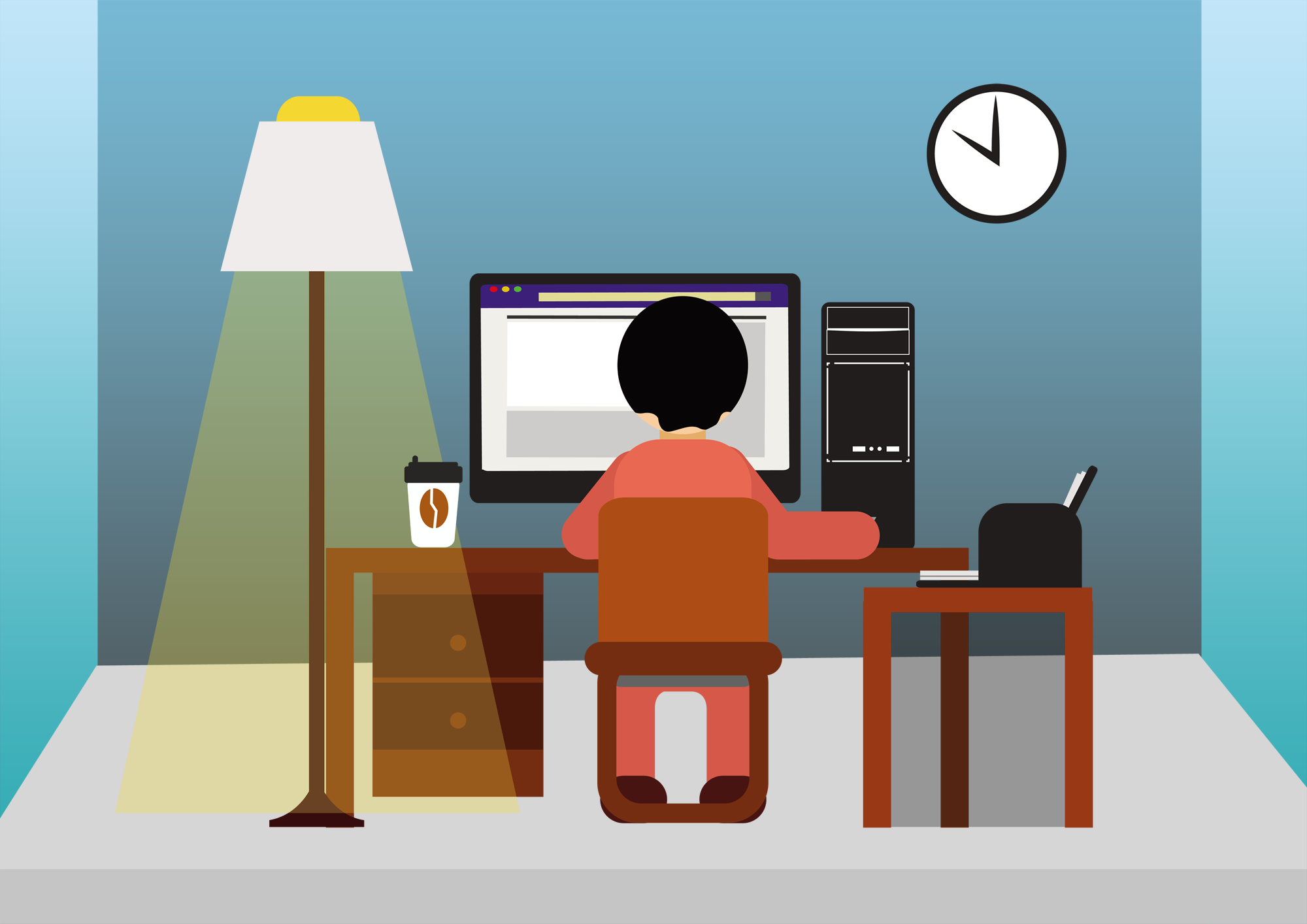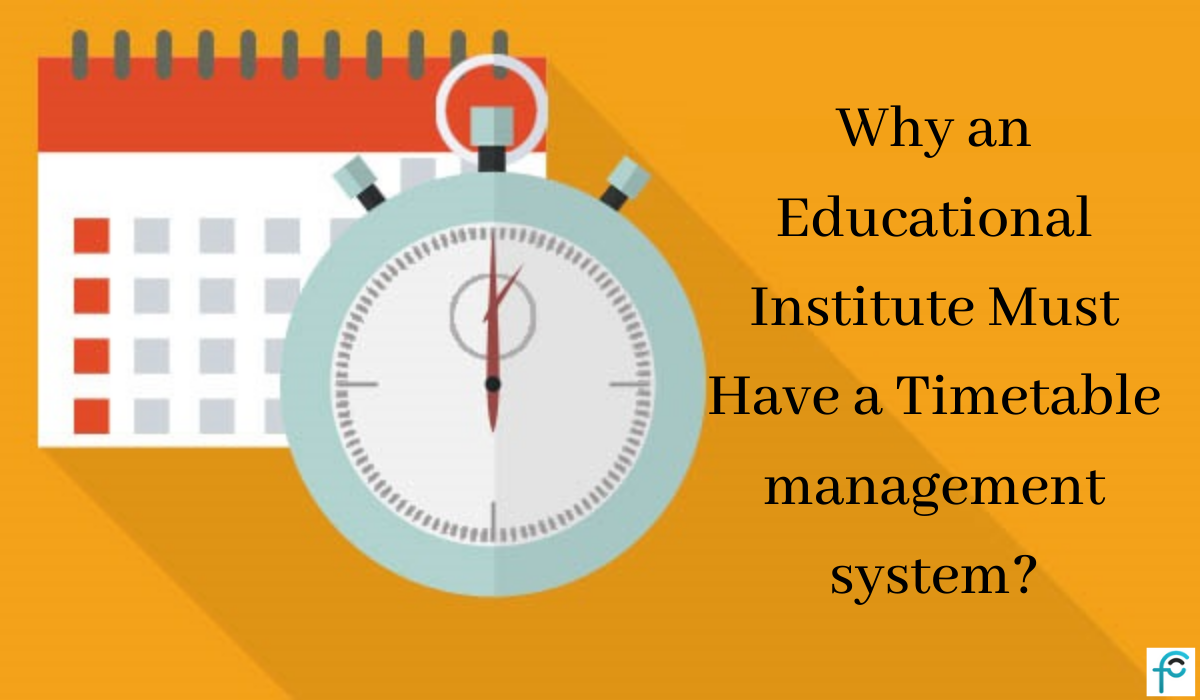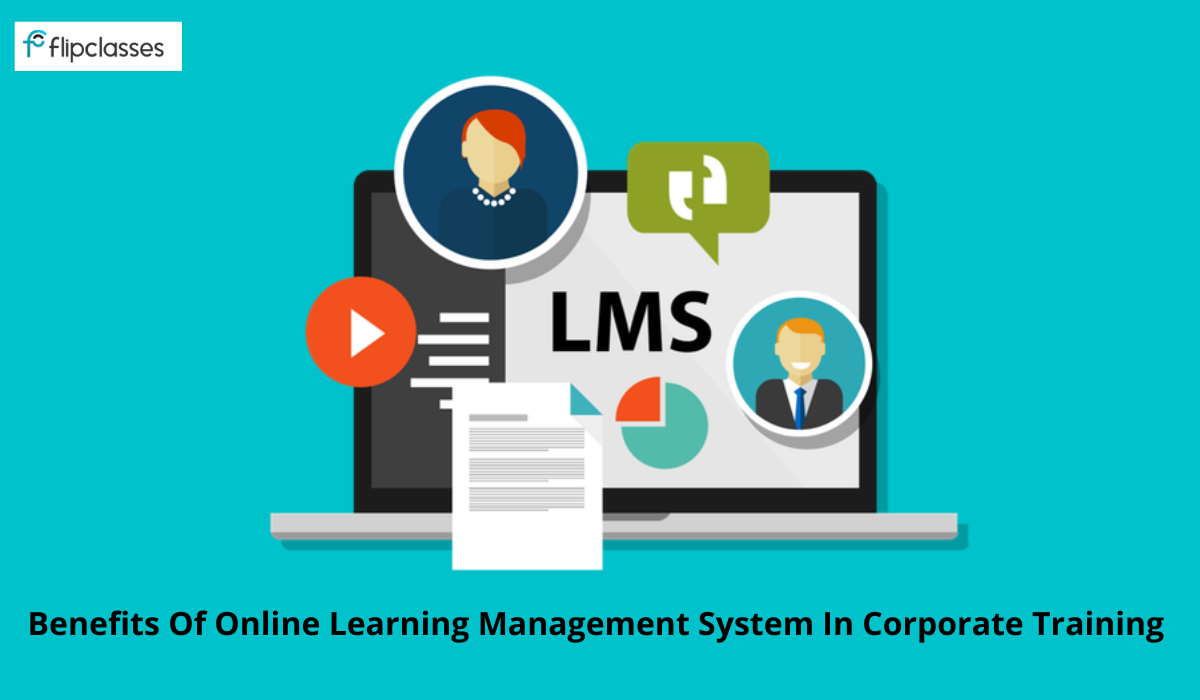The COVID-19 pandemic has resulted in the shutdown of schools depriving millions of children of their classroom. With new challenges, new opportunities have come up in the form of e-learning, where teaching is carried out remotely on online platforms.
According to research, digital learning has the potential to increase information retention, and take lesser time in sharing study materials and conducting classes. This says the coronavirus induced change in the education system is here to stay longer.
From classroom to e-learning
This sudden shift of students from classroom learning to remote education has kept experts wondering that if the current change in scenario is going to remain post-pandemic.
The question of how would education landscape will be affected and what would be the consequences.
With this, there is an increased lookout for learning apps, virtual tutoring, or eLearning software.
The perspective of the education system to COVID 19
Report by UNESCO points out that there are learners enrolled at every level like pre-primary, primary, secondary, and also a tertiary level of education. (Statista)
About 80 percent of the global learners are now without classroom studies and have no idea when normal will resume.
There is a huge stride in eLearning needs, and with the response to notable demands, many online learning platforms are offering free services and platforms.
Future of e-Learning
Digital learning, as a wave came up as a consequence of the present scenario and it is believed by some that any unplanned and rapid move to remote learning without appropriate and trained people, insufficient bandwidth, and little to no preparation will cause lesser performance and low growth.
ON the other hand, there is a belief that a hybrid education model will emerge with many benefits. With IT assistance in the education landscape, this will accelerate the condition of a good education system.
Already, many successful universities have witnessed how the transformation from classroom to remote education has been an easy and fast solution to the present crisis.
Many have achieved the benefits as well. It has changed the way of learning. Both teachers and students can reach out to each other effectively and there is better communication between the two. With chat groups, video meets, content sharing, mobile learning has been successful in defeating some of the consequences of this pandemic.
Experts believe that, even after the pandemic and lockdown are over, it would be favorable to take forward both the teaching institutes and the students.
Challenges of remote learning
Like many things, it has its challenges.
Some students may not have reliable access to the internet and/or technology to take part in online learning. This is seen across the globe and between brackets of income. As per the OECD data, where 95 percent of students in Austria, Norway, and Switzerland, have a computer to do schoolwork, there only 34% in Indonesia.
In the US, the scenario is based on differences between privileged and non-privileged backgrounds. Though the government of many countries like Australia, New South Wales has provided digital equipment to students who are in need, experts believe that owing to this pandemic, the divide on digital and its benefits will be wider.
How e-learning is effective?
As it has own disadvantages, so also there are own benefits.
Those students who have the right access to technology and the internet, it is numerously proved that they will benefit from remote classes.
Research says that on average, students can retain more study material in eLearning in comparison to classroom studies. Also, students can learn at their pace as they can easily read the previous lessons, or accelerate through the concepts.
The effectiveness will also vary according to the various age groups. For smaller kids, who get easily distracted needs structured teaching. To offer structured education, you must do more effort and go beyond just the effort to mimic a classroom and make good videos and offering methodologies.
Also, the faculties have to make extra effort to keep studies fun and engaging. It is more challenging than a physical classroom. If well carried out, obviously eLearning will benefit them, who has the opportunity to take online classes.
Education perspective will see new changes
It is a fact that this pandemic and lockdown have disrupted the education system and it will take to overcome.
Many schools that continued with the traditional teaching approach only had to face a terrible impact. It is always wise to welcome the new and be a part of the change, to survive.
It is too fast to tell, what could be more effective. A combinatorial approach will always be a winning situation. With both conventional mode of learning to remain in touch with teaching institute, physically and also to have online classes, together be a new approach and quite helpful for all.
COVID 19 showed how to survive, one must remain ahead with the trends.
Post-SARS, there was a rapid increase in e-commerce. Every unexpected natural or manmade disasters witness a new coming of practices. Let us see if the same applies to e-learning post-COVID 19.
This crisis tells how planning may go futile as calamities can happen anytime. It is always nice to have alternate planning or solution to an emergency like situation.
If technology has to offer a lot, why not explore it in compete potential?
Both traditional and new approaches can work side by side. What you need to is take a plunge into the change.
When e-learning is the new trend, you will also need an online learning management system to make your functioning easier. Click here to know more about how Flipclasses works.
Embrace the new, stay ahead of others, and deliver quality education.






